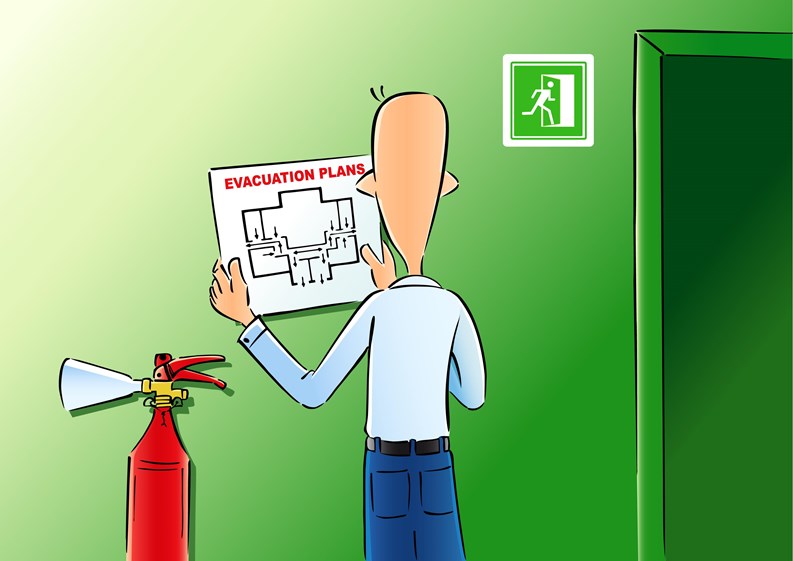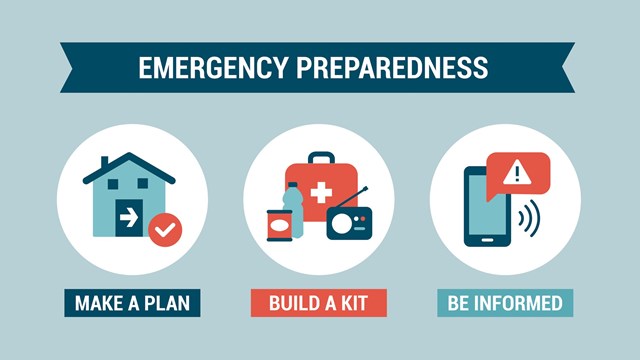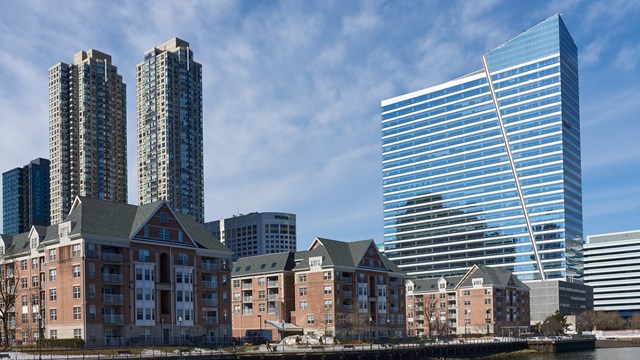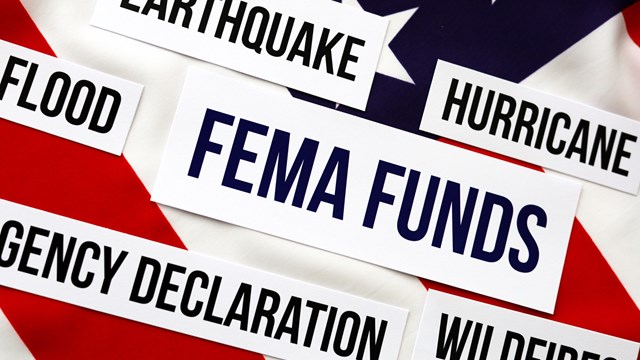When a crisis hits a multifamily community—or any other organization—the difference between a good outcome and a disastrous one is often a matter of simple preparedness. Residential communities in particular need to have a plan in case of an emergency, whether that takes the form of a fire or some other immediate crisis, such as a severe storm or even a public health emergency. Some states and municipalities require multifamily buildings and associations to draft emergency contingency plans as a matter of law, and some don’t—but in any event, a clear, concise, and well-thought-out plan is a must-have for the safety of your community.
What Is a Fire Safety Plan?
We’ve all seen public service announcements stressing the need to have an evacuation plan in case of fire, whether at home, school, or work. The industry term for an official fire safety plan is a Fire Emergency Preparedness Guide (FEPG). Depending where you live, FEPG requirements for multifamily buildings can originate with the state or local government, or neither—in which case it’s incumbent on boards and managers to draft, maintain, and update as needed their own FEPG. Whether a building is a co-op, condo, or rental is irrelevant when it comes to the need for a fire emergency plan. Indeed, FEPGs aren’t just for big residential buildings; commercial and industrial buildings should have them as well, as should single-family homes.
More on FEPGs
James Bullock is a former firefighter and the president of New York Fire Safety, a consulting firm that provides FEPGs to co-ops and condominiums, as well as other types of properties in the tristate area. According to him, an FEPG is more than just a hallway map with ‘EXIT’ marked on it in bright red; a proper guide does map out hallways, stairs, and points of egress, but it also gives you information about what fire protection systems are installed in your building, and gives directions for action in both fire and non-fire emergencies.
“These plans contain perhaps three pages on fires themselves,” Bullock says. “The other 30 pages or so deal with information on fire safety. There are informational sections that deal with your building systems, exit, stairs, etc. and how and what to do in the event of a fire emergency. Basically it contains ‘what to do’ instructions, like: take your keys and close the door, don’t use elevators, and so forth. It also contains sections on non-fire emergencies, like a hurricane or a steam or gas leak.”
According to Dan DeTrolio, assistant VP of Hartz Mountain Industries in Secaucus, New Jersey, and a member of the Fire Safety Commission, in addition to drafting and distributing a copy of the community’s FEPG to all residents, HOA boards and management should encourage shareholders and unit owners to install fire extinguishers in their kitchens, garages, and any other areas of their homes where fires may start. Homeowners should look for extinguishers with an “ABC” rating, which means it is good for any type of fire—electrical, chemical, or otherwise. A multi-purpose dry chemical Class ABC fire extinguisher is considered the best choice for general home use, and having more than one in any home is recommended.
High- and mid-rise co-ops and condos should also have an escape route posted prominently in the halls and common areas of their buildings. Managing agents and board members should periodically remind residents of the postings and encourage families to rehearse their own escape plan, plotting at least two exits from each part of their residence and choosing a safe place outside the building where the family can meet to be sure everyone got out safely.
Building managers and associations should also be aware of any residents with special needs, such as the elderly, or those with physical disabilities involving decreased mobility, sight, or hearing, or any other condition that could limit a person’s ability to take quick action necessary to escape during a fire emergency. Depending on what physical limitations these residents may have, they may require help from a caretaker, neighbor, or rescue personnel to escape the fire. Involve a building manager and neighbors in the escape plan for those residents. If associations are unsure about creating an escape plan, contact your local fire department; they can help you and point out where detectors should be located. In addition, you can also ask emergency personnel to keep a list of special needs residents on file.
Inside, residents should post the fire department number on every telephone. For young children, teach them how to dial “0” for the operator and how to tell a responder that the house is on fire. Teach children not to hide from fire under a bed or in a closet.
Who Creates the Plan?
“As a fire safety professional, I certainly recommend having a plan,” says Bullock. “It’s critical for residents to know what to do in case of a fire.” Agreed—but who exactly should draw up the FEPG for your HOA?
Technically, the board or manager could draft it, but according to Bullock, “Anyone can do it, but it’s clearly better to work with a professional. I have completed over 3,000 of these guides, and frankly, I’ve found that when done by someone else—a super, for example—85% of the plans are incomplete or incorrect. That’s not an accusation against supers—it’s just that they don’t necessarily have the same knowledge base as a fire safety professional.”
Daniel Wollman, CEO of Gumley Haft, a property management company based in New York City, explains, “Fire safety is probably the most important thing to plan for in multifamily buildings. While many buildings are fireproof or fire resistant, you are still required to have a fire safety emergency plan.”
He also concurs with Bullock on the importance of working with an experienced, qualified fire safety pro in mapping out your individual plan. “The fire plan is far too important to be done by an amateur. There’s an excessive amount of fire safety codes, and they change continuously. You need an expert who knows and understands all those changes. The companies that perform this service know the rules and regulations, egress issues, and how to make sure a building complies with the fire code. These companies are often run by former [firefighters or] officers, and they stay on top of all fire safety related issues.”
Building Types & Fire Safety Plans
First things first: according to Bullock, the term ‘fireproof’ is something of a misnomer. “The most substantial difference and concern in residential building fire safety is whether a property is classed as ‘combustible’ or ‘non-combustible.’ The size of the building doesn’t really matter.”
A combustible building won’t be more than five or six stories, explains Bullock—usually, they’re no more than five stories. In a non-combustible building, safety depends on where the fire is, because that makes a difference in what actions residents should take in a given emergency. If you’re in a non-combustible building and there’s a fire—but it’s not near your unit—don’t leave the building, says Bullock. It’s safer to assess the situation, stay in your apartment, and wait for instructions from first responders. That’s because by definition, a non-combustible building has special fire walls between units that contain a fire, preventing flames from extending beyond the unit in which they originated—but if you leave the safety of your apartment and go into a smoky hallway, you run the risk of harm from smoke inhalation. You can prevent smoke from coming into your apartment by putting a towel in the gap under the front door. Of course, if the fire is in your unit, you should leave the building immediately.
By contrast, if you are in a combustible building, at the first sign of fire you should evacuate the building immediately. And no matter what the size or classification of your building, always be aware of and follow your FEPG instructions—and most importantly, never get into an elevator during a fire. According to Bullock, except in very rare circumstances and only under direct orders from a firefighter or officer, “They aren’t used in a fire at all. Do not enter an elevator during a fire, ever.”
Fire safety should be one of the primary emergency plans your co-op corporation or condominium association prepares. Once done, it’s done—though it may require updating from time to time, and residents should be regularly reminded of your building’s FEPG. Check with management to confirm that your building has one. If it doesn’t, lobby your board to get one in place. It may be a cliche, but when it comes to fire safety, an ounce of prevention really is worth a pound of cure.
A J Sidransky is a staff writer/reporter for CooperatorNews, and a published novelist.










Leave a Comment